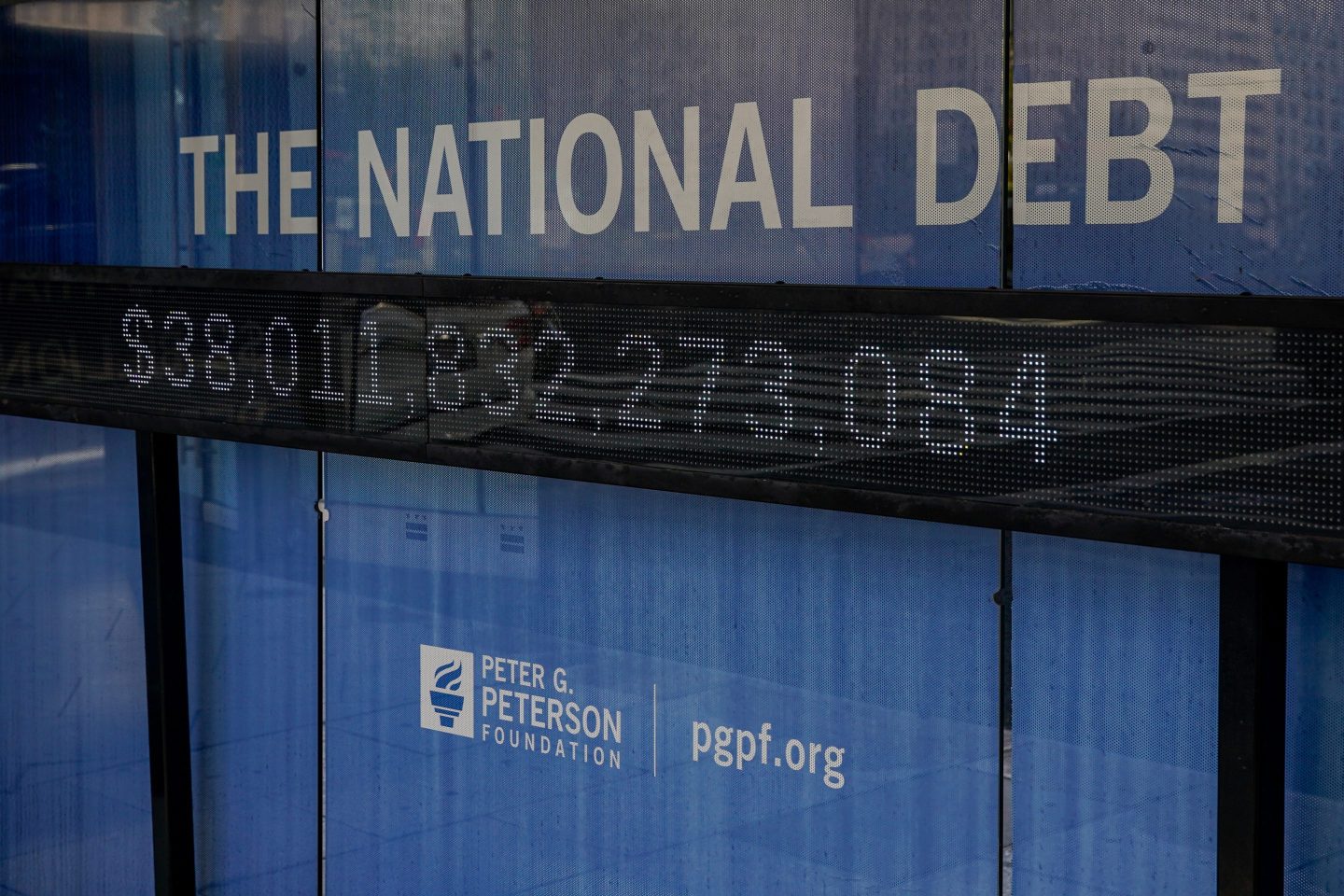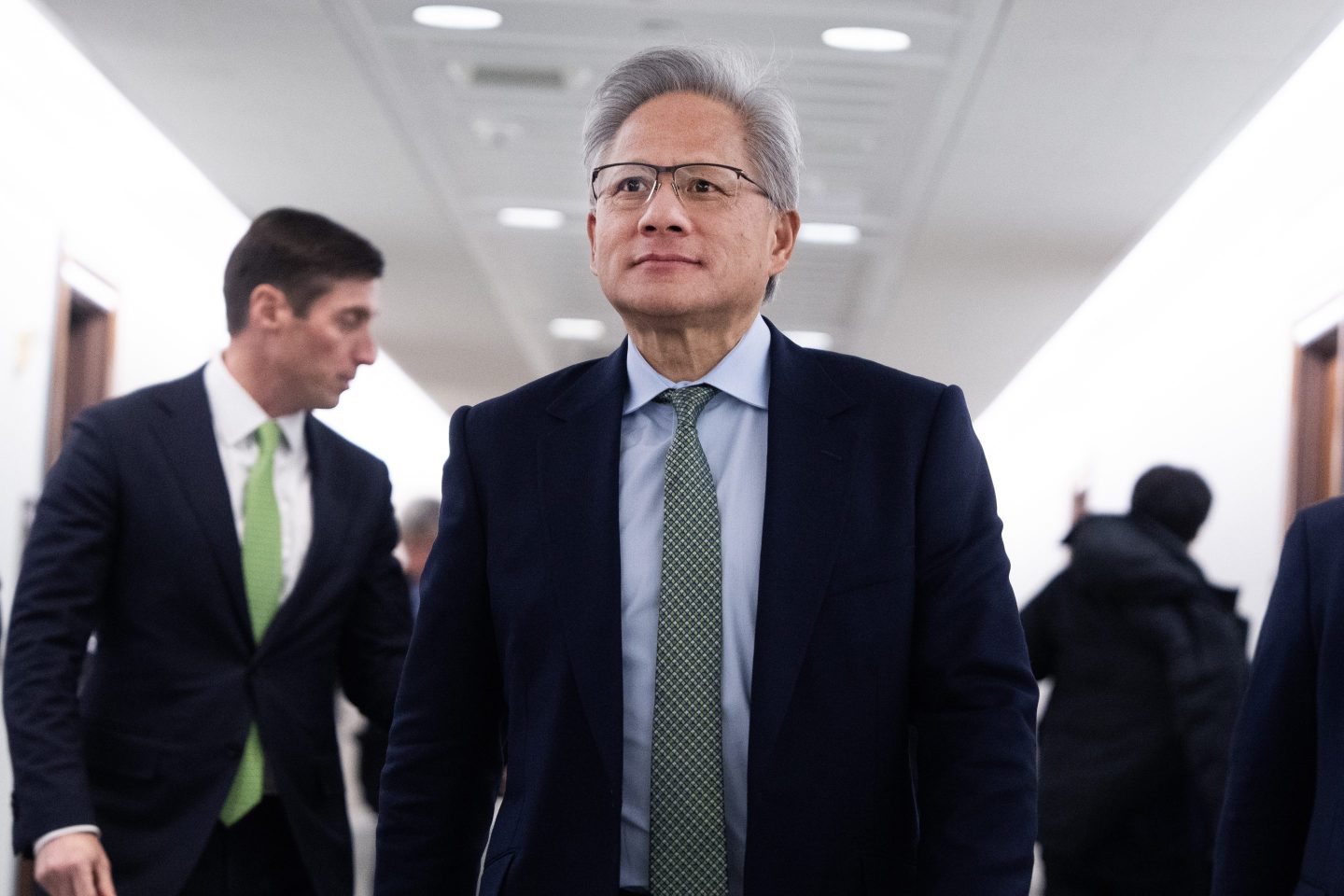Good morning.
There can be no discussion about the growth potential of AI without attention to the energy needed to power that increased capability and adoption. The International Energy Agency estimates that global electricity demand from data centers could double from 2022 levels in the next two years—roughly equal to Japan’s total energy consumption.
Exhibit A is Nvidia’s H100 graphics processing unit (GPU) chip, each of which consumes more energy than the average U.S. household in a year. Yesterday, CEO Jensen Huang unveiled an even bigger and faster superchip. While the price per chip will go up, Huang said the overall energy cost will go down. To get to where the industry needs to go, there’s a good chance Nvidia will need to increasingly rely on its frenemy Intel.
Intel, which trails Nvidia in the chip-making race, last month launched a foundry to make chips for others, much like TSMC.
For those who care about sustainability, that could be a very good thing. Intel has long been a leader in sustainable semiconductor manufacturing; Intel’s name comes up a lot in conversations about renewable energy use and carbon emissions. With partners like Siemens and rival chip designer Arm, Intel Foundry could pave the way to a much more energy-efficient supply chain for the AI era—including for potential clients like Nvidia.
I spoke with Intel CEO Pat Gelsinger ahead of Intel’s first Sustainability Summit, which kicks off today in Santa Clara, Calif. “There are three words that I care about: resilient supply chains, sustainable supply chains, trusted supply chains.”
Does sustainability rank as high for Gelsinger as, say, resilience? Well, no. After all, energy needs are both a challenge and an opportunity as companies like his race to keep up with demand. “I believe most data centers will be fundamentally power-limited for the rest of the decade,” says Gelsinger, noting that leaders are already worried about having access to enough power, green or not. As evidence, he cites the anxiety of utility operators that are coping with unforeseen demand from data centers and the growing appeal of power-rich destinations like the Middle East and Iceland as places to build capacity.
With that kind of geographic arbitrage and the transformative power of AI, Gelsinger notes, there must be a business-wide focus on building a sustainable high-growth industry. Ergo, the need to convene policymakers, customers, rivals, scientists and partners to discuss the innovation, collaboration, and policies needed to get things done. As he puts it, “30 years of bad policy in the U.S. and Europe doesn’t get fixed with one three-year bill.”
Cedrik Neike, CEO of digital industries at Siemens, says the foundry partners are trying to build a sustainable design process that meets everyone’s needs. “Sustainability is on everybody’s agenda. Europe is a very regulated environment. The U.S. is working much more around incentives. We’re trying to build something that works for regulations and incentives.” And they’re adapting the blockchain system developed by the food and beverage industry to add another key ingredient: Trust.
Diane Brady
@dianebrady
diane.brady@fortune.com
TOP NEWS
High-performers
Employers usually focus on helping their more poorly-performing workers, but that may come at the expense of supporting high-performers, say workplace experts. High-performers are rare, and when a company finds them, it often saddles them with too much work, argues Aaron De Smet, a McKinsey leadership expert. Losing any worker is costly, and a high-performer even more so: top performers are 800% more productive than the average employee. Fortune
Inflated figures
Chinese regulators accused Evergrande and its founder, Hui Ka Yan, of overstating the developer’s revenue by over $78 billion in 2019 and 2020. The China Securities Regulatory Commission slapped Hui with a lifetime ban on capital markets activities. Evergrande’s collapse triggered China’s now years-long real estate crisis. Earlier this year, a Hong Kong court ordered Evergrande’s liquidation. Bloomberg
No more negative interest rates
Japan’s central bank raised interest rates for the first time in 17 years to 0-0.1%, up from -0.1%, ending the last remaining negative interest rate policy among major economies. The decision comes after Japan’s companies offered unions the largest pay increases in 33 years, suggesting the economy has moved to more self-sustaining growth. Nikkei Asia
AROUND THE WATERCOOLER
Sephora’s North America CEO escaped a violent revolution and grew up in foster care. She’s now one of the most powerful women in beauty by Lila MacLellan
Wall Street’s Rising Stars: 7 execs from Goldman Sachs to ParkerGale who are on their way up by Luisa Beltran
‘We are essentially in a new Gilded Age’: As workers get laid off, CEOs and shareholders gobble up hundreds of billions in profits by Chloe Berger
Top real-estate CEO sees decades of housing pain ahead: ‘What the Fed did will have a 30-year tail on it’ by Alena Botros
The Musk-Modi show, and Tesla’s $151 billion gateway to India by Dylan Sloan
‘Folks don’t live near the office anymore’: Remote work guru Nick Bloom gets real on why RTO is so hard by Sydney Lake
This edition of CEO Daily was curated by Nicholas Gordon.
This is the web version of CEO Daily, a newsletter of must-read insights from Fortune CEO Alan Murray. Sign up to get it delivered free to your inbox.














